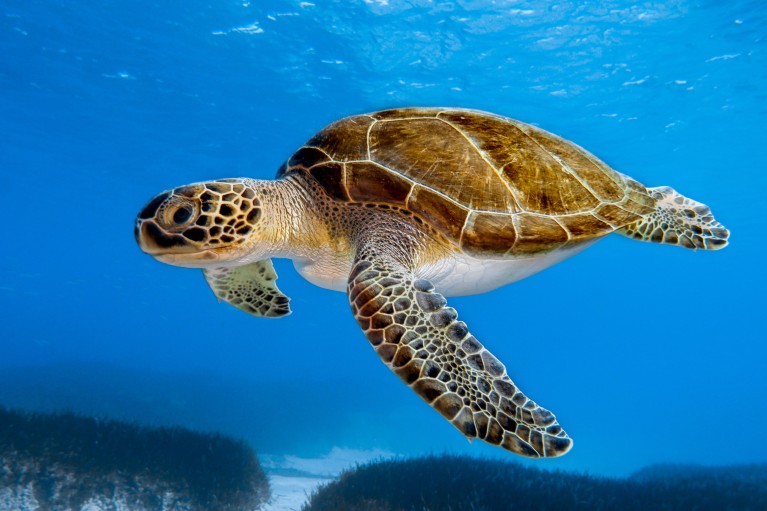
Green Sea Turtle at Green Bay, CyprusCredit: Sakis Lazarides/Getty Images
The inner ear is responsible for our sense of balance and the ability to stabilize our gaze, even when we are moving around. However, a new study in Nature Communications discovered this is not the case for turtles, despite their very large inner ears.
Scientists have long studied vertebrates’ inner ears to glean what enables birds to fly, crocodiles to swim. Jonah Choiniere, professor of paleontology at the Evolutionary Studies Institute at the University of the Witwatersrand, South Africa, and co-author of the study, says turtles have not been deeply studied previously, which was a “major oversight”.
Chioniere explains that their large inner ears are certainly not related to agility. Even the fastest turtles are slow and plodding compared to mammals and birds.
“One thing we noticed is that animals that need to see their prey to hunt have big inner ears, possibly helping them fix their gaze on prey. And so among birds, mammals and turtles, the species who are active visual predators have the biggest inner ears. This is a bit weird in turtles because most land-dwelling turtles forage for their food and are not active hunters. But many water-dwelling turtles hunt, and so many water turtles have large inner ears.”He added the study is a great example of revealing how evolution works.
